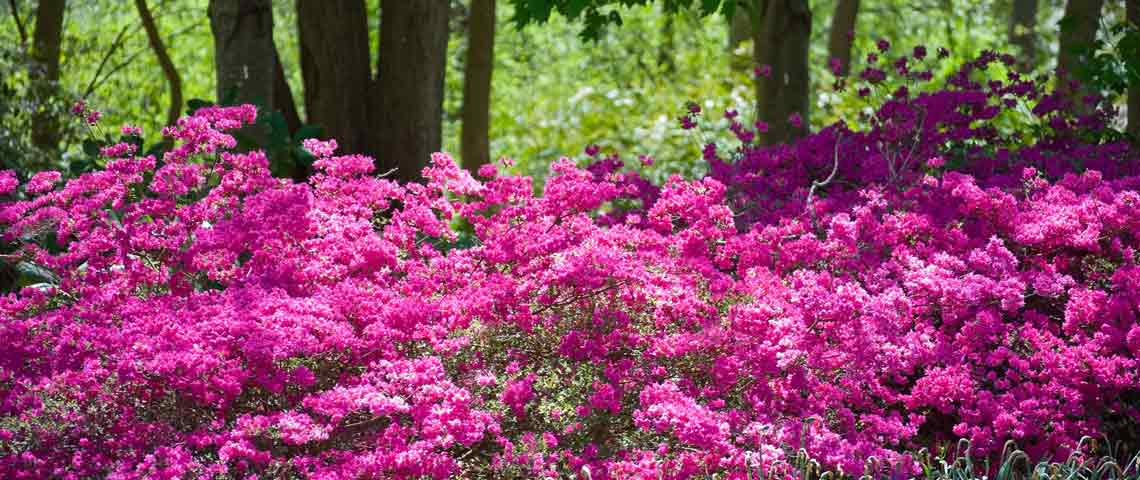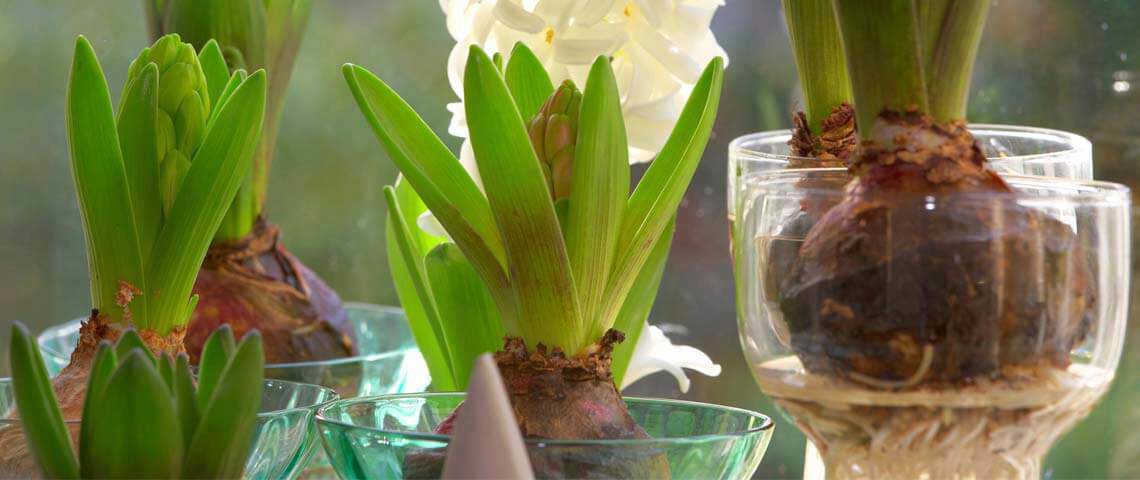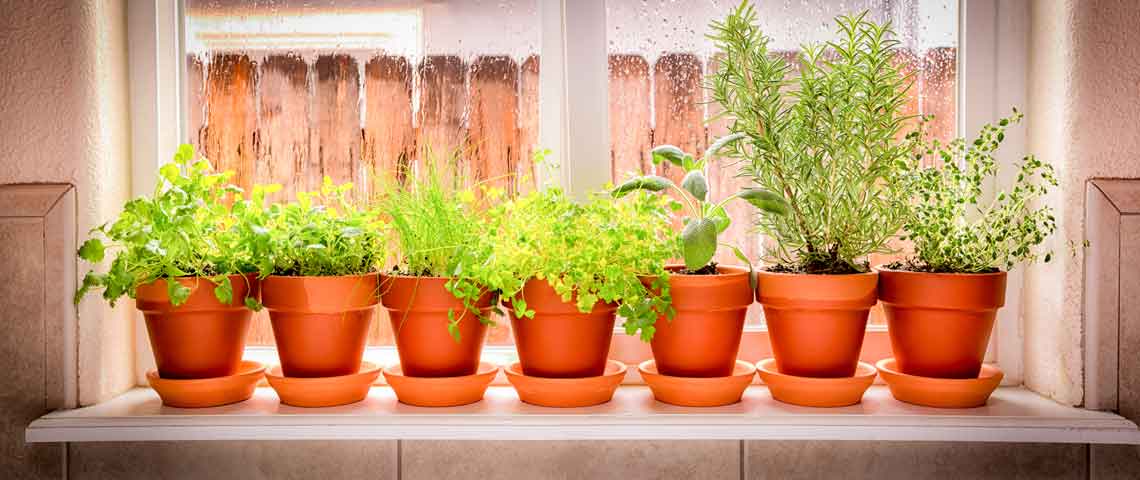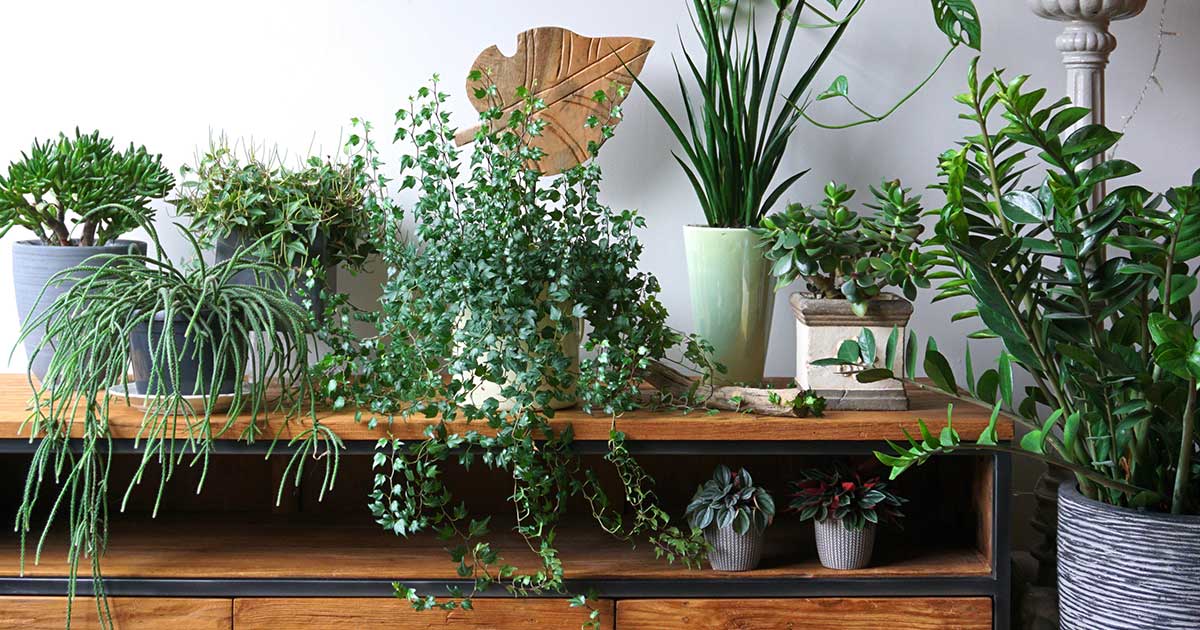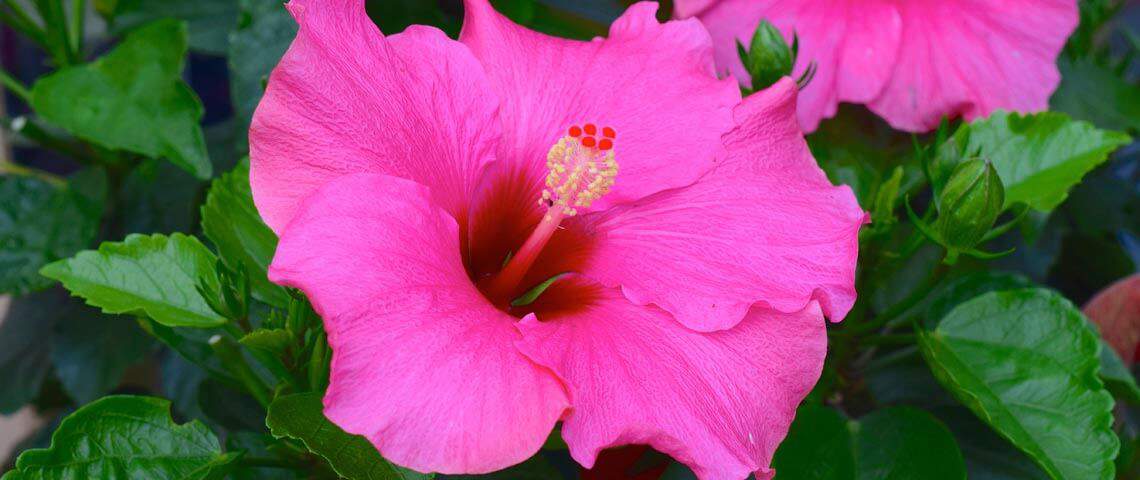Azaleas, camellias, rhododendrons and blueberries are just four of the plants that love to sink their roots in acidic soil. Gardeners label these plants “acid-loving," but it's not really acid these plants seek. Rather, they crave the nutrients that low-pH, acidic soil provides. Give acidic-loving plants the soil, care and nutrients they need, and they'll reward you with beauty and bounty.
Understanding the pH Connection
There's no way around it: Plant health is inextricably linked to soil pH. When soil pH moves above the neutral point of 7.0 to what's known as the alkaline range, the some nutrients get "tied up"so plants can't use them. The same thing happens when soil pH moves below 7.0 to the range known as acidic. When soil pH shifts, quantities of soil nutrients don't necessarily change, but their availability to plants does.
Most plants grow best with soil in the slightly acidic range of 6.0 to 7.0, where major plant nutrients stay readily available. But some essential nutrients, including iron, become more available to plants as pH levels drop. Acid-loving plants need larger quantities of these nutrients, so they thrive when soil stays near 5.5 pH. At these acidic levels, acid loving plants can access the nutrients they need for optimal health, beauty and performance.
Providing a Foundation for Health
Meeting plant needs starts with preparation. With the help of soil amendments, which modify soil and its pH, you can provide the foundation plants need. Soil testing is the best place to start. An accurate soil sample from your planting area yields information on soil pH and other keys for plant health and growth. Soil testing laboratories will also recommend how to amend your specific soil for acid-loving plants.
If your soil pH is too high for this special group, you'll need to lower it to keep plants healthy. For homegrown blueberries, for example, soil pH should be 4.5 to 5.5. Soil tests may recommend amendments such as elemental sulfur, which naturally lowers soil pH when mixed into soil, or an ammonium sulfate product which feeds plants necessary nitrogen and lowers soil pH faster than elemental sulfur.
Follow the soil test laboratory's recommendations for the type of amendment and the amount, so your blueberry bushes and other acid loving plants can access existing soil nutrients, as well as those you add through fertilizers. At lower pH levels, azaleas and rhododendrons sometimes need added calcium. Gypsum products may be prescribed to deliver calcium without changing soil pH, and to improve soil structure.

Recognizing Signs of Trouble
When alkaline soil shuts down an acid-loving plant's access to needed nutrients, the leaves soon tell the tale. In a condition known as chlorosis, leaves turn pale green or yellow. In acid-loving plants, a lack of iron or magnesium is often the cause. Unless these pH-induced deficiencies are corrected, leaves and branches suffer and plant health fails.
Nutrients vary in the way they move through plants, so patterns of chlorosis vary in predictable ways. With nitrogen deficiencies, old and new leaves take on a uniform, pale appearance. But with iron deficiency, the leaves turn yellow between the small leaf veins. The veins themselves stay green, and the youngest leaves are affected first. With a magnesium deficiency, the yellowing starts at the outer tip and edges, leaving green along the center vein and base; the oldest leaves are hardest hit.
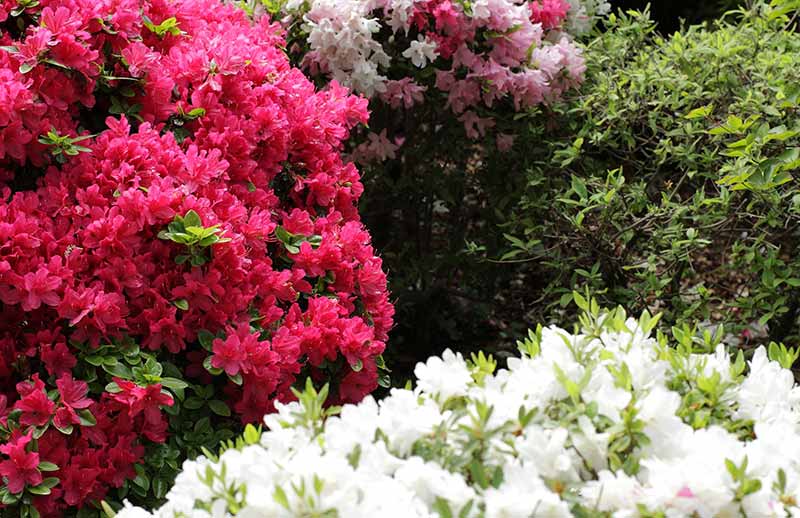
Keeping Acid Lovers On Track
Fertilizers designed for plants that thrive in acidic soil help circumvent high-pH problems. These plant foods encourage acidic soil and provide added iron and other micronutrients through specialized formulas. Lilly Miller Rhododendron, Evergreen & Azalea Food 10-5-4, with cottonseed meal and other natural ingredients, feeds acid-loving plants for up to six weeks.
If a nutrient deficiency strikes, a soil test and corrections are in order, but plants need immediate help. Products such as Ironite Plus Plant Food 12-10-10 tackle iron chlorosis with iron, sulfur and extra minerals in a fast-acting form. Ready-to-spray solutions, such as Ironite Liquid Lawn & Garden Spray 7-0-1, deliver iron and other nutrients straight to needy leaves. For magnesium deficiency, often seen in blueberries, magnesium sulfate products, such as Pennington Epsom Salt, deliver the needed magnesium.
Acid-loving plants aren't picky; they just have special needs. Keep them strong and healthy with a good foundation, proper soil pH and the Pennington line of fertilizers and soil supplements, and they'll reward you with beautiful flowers, chlorosis-free leaves and delectable fruit.
Pennington is a registered trademark of Pennington Seed, Inc. Ironite and Lilly Miller are registered trademarks of Central Garden & Pet Company.

